The Figure Behind the Model
By Kara Dicker
It’s Saturday morning at the Galleries at Heartland Art Club. The sold-out figure drawing workshop has nine artists situated behind their easels. Their focus is on Violet le Fae, the model who is standing counterpose in a slightly forward lean. Her left arm crosses her body, and her right arm rests gently aside. Her eyes look far across the room.
“I try to focus on something and get into a meditative state,” she says. “I get into a zone.”
In the world of figure drawing, it’s easy to see why le Fae has become a sought-after model within the St. Louis-area gallery scene. Her poses exude confidence and athleticism, as well as a touch of creativity. “I like to add some type of embellishment that would be interesting,” she says. For this workshop she wore butterfly wings, a prop procured from her cache of dance costumes.
Performance art has always been a part of le Fae’s life, beginning with what she calls “the normal dance – ballet and tap.” As a teenager, she performed Irish step dancing, which she continued for 10 years. In college, le Fae studied liberal arts, which included semesters of figure drawing. It was in those classes where she remembers being curious about the models she was illustrating. “I wondered what it would be like to be the model, to be on the other side,” she says.
Le Fae discovered her answer at Concrete Ocean Art Gallery on Jefferson Avenue in the Fox Park neighborhood. It was there, 13 years ago, where she realized the confidence she had developed as a dancer transferred well into figure modeling. “When you’re on stage you have to have that presence,” she says.
The Figure Behind the Model
Le Fae credits the wisdom she has acquired from experience as key in her ability to turn figure modeling into viable side employment for so many years. She keeps her strength by practicing yoga and acrobatic pole dancing. Her workouts are more than just exercise. “It’s also about awareness of where your body is in space,” she says.
That awareness is also about understanding limitations. She knows how long she can hold a pose, which types of poses work better for shorter and longer lengths, and how to keep her limbs from falling asleep. She uses her once-signature backbend pose sparingly, and for shorter lengths. Le Fae says it’s important to remember that her role is to help the artist. Having studied drawing herself, she knows the frustration at illustrating a model who suddenly drops a limb out of tiredness. “It’s super important to think about the final product,” she says.
Le Fae has been a figure model at HAC for more than two years. She says she always welcomes the invitation texts from Director Mary Drastel. “All the artists there are awesome and super fun to work with,” le Fae says.
That rapport is on display when the session ends, and the artists share their work with her. “I appreciate seeing what they come up with. It is so interesting to see how the drawings turn out and how so much different they are.” She also enjoys the moments of humor when, for example, an artist looks up at her, smiles, and quickly turns over the drawing.

